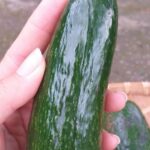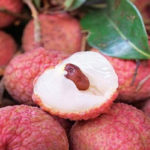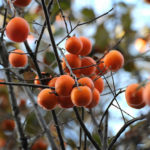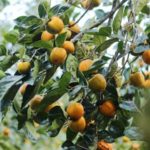The bucolic town of Hương Khê in Hương Khê District comes alive during the harvest season, with its bustling būói market. This vibrant market only convenes for a short period, from late August to early October, marking the peak harvest season.
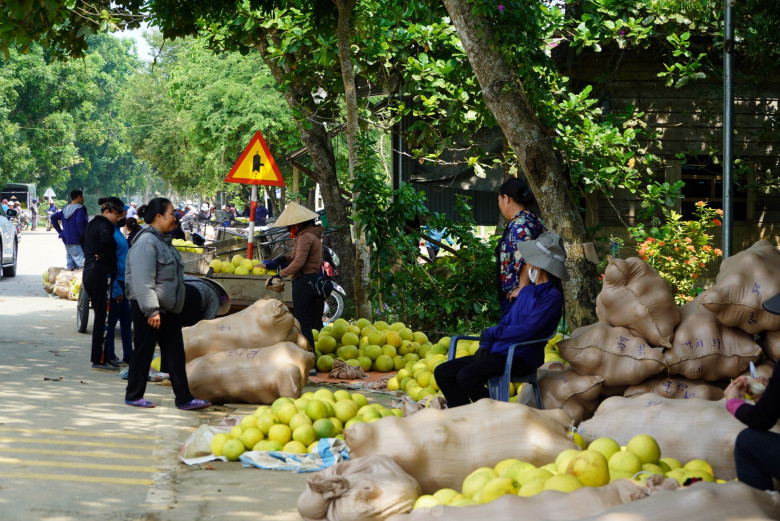
Early in the morning, locals arrive on motorcycles with trailers loaded with Phúc Trạch būói, ready to sell their produce along the road leading to the town’s market and train station. They lay out mats on vacant lots, carefully arranging their būói for customers to inspect and bargain for. This ephemeral market is a dazzling display of golden būói, filling the air with their subtle, natural fragrance.
This specialty fruit captivates with its lustrous golden skin and delicate aroma. Inside, the segments are plump and juicy, effortlessly separating without turning mushy. The taste is a delightful blend of sweet and mild sour, leaving a refreshing sensation. Phúc Trạch būói is not just a delectable dessert but also a nutritional powerhouse, earning the moniker “the essence of heaven and earth.”
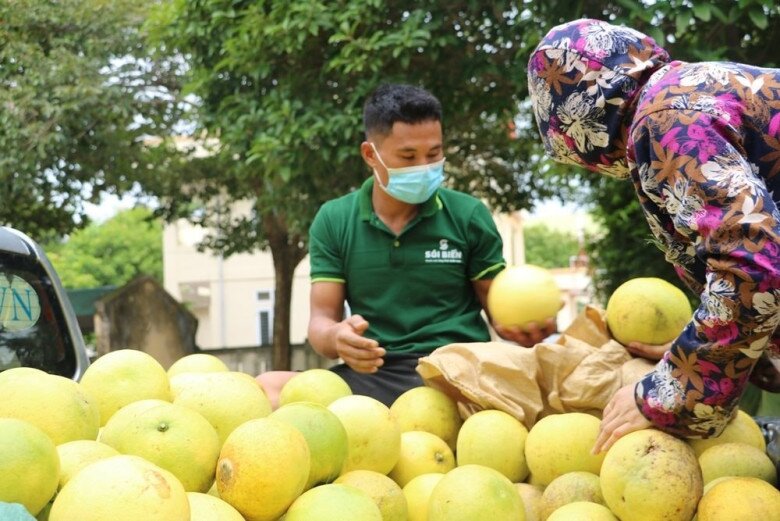
Its unique flavor has made Phúc Trạch būói a favorite among domestic consumers. It is not just a daily treat but also a popular choice for gifting during festive occasions. In the international market, this variety of būói is highly regarded for its superior quality, frequently featured in prominent agricultural fairs, and steadily building its brand globally.
Each day, over 1,000 būói are transported to the market by growers, where they are sold to traders who distribute them across the country. However, in 2024, heavy rains and floods significantly impacted consumption and prices during the peak season. Previously, the finest būói could fetch up to 45,000 VND per fruit, but now they sell for only 20,000-25,000 VND each.
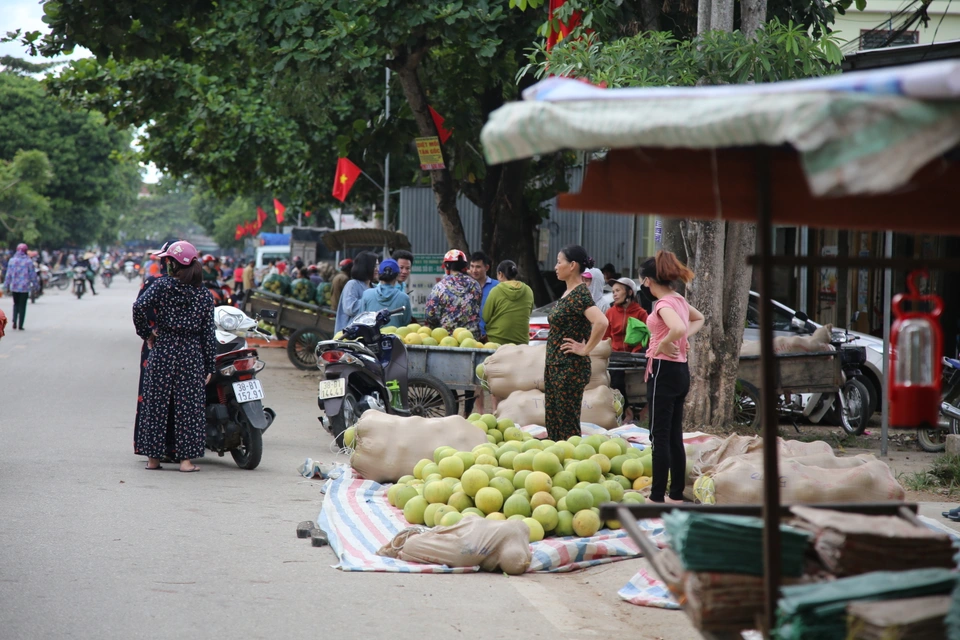
After harvest, the būói are packed into sacks and transported by traders to various localities for consumption. Hương Khê District is the largest producer of Phúc Trạch būói in Central Vietnam, with a cultivation area of 2,768 hectares.
According to the report from the Department of Agriculture and Rural Development of Hương Khê District, the total yield of Phúc Trạch būói this year reached nearly 23,000 tons. After purchasing from growers, traders load the būói from trailers onto trucks for distribution to numerous provinces and cities nationwide.
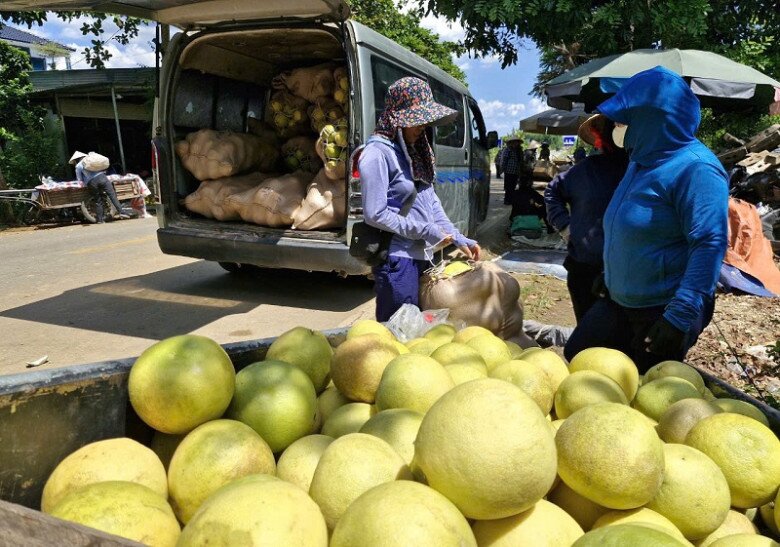
In 2002, Phúc Trạch būói was included in the list of seven rare national fruits, with a ban on exporting its seeds. It has also received a geographical indication certificate from the National Office of Intellectual Property, applicable to the product grown in 19 communes within Hương Khê District. This recognition solidifies its status as the “foremost fruit” of this mountainous region.
The Ultimate Guide: Identifying the Superiority of Vietnamese Lychees Over Their Chinese Counterparts
The luscious lychee fruit is a summer delicacy, gracing the stalls and markets across the region. However, with the abundance of lychees on offer, it can be a challenge to discern the origin and quality of these fruits. Distinguishing between Vietnamese and Chinese lychees is an art, and with the right knowledge, you can select the finest produce and savor the true taste of summer.

























